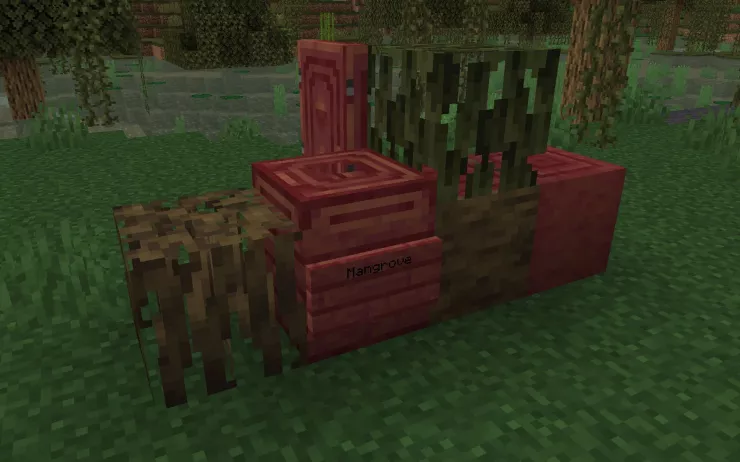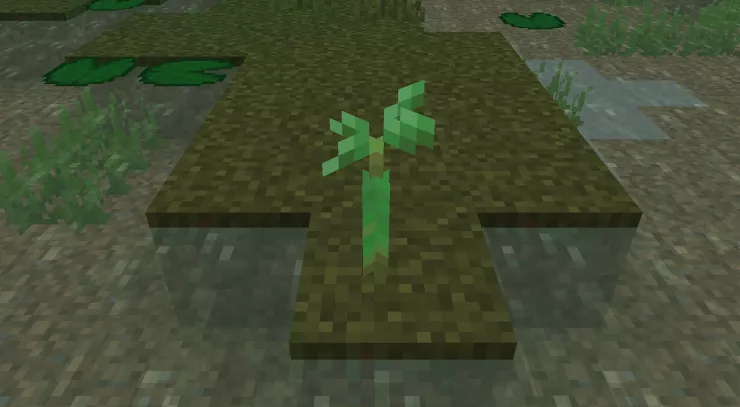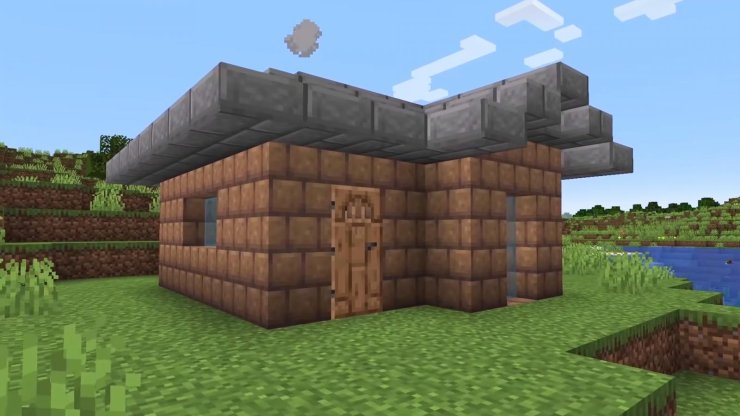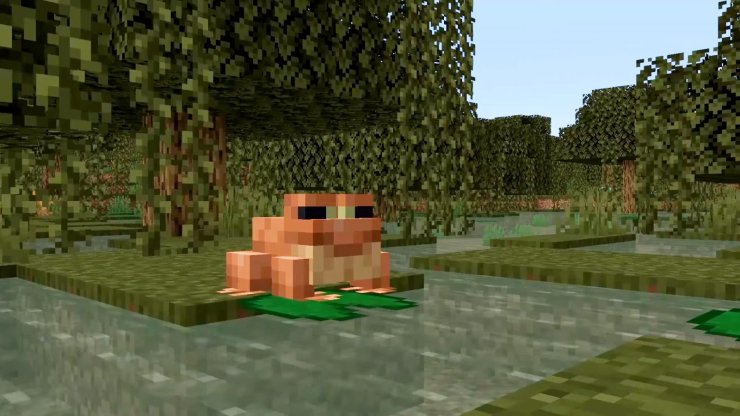Mangrove Swamps are one of the two biomes scheduled for the upcoming Minecraft 1.19 update. While they might seem to be just another variation of the standard swamps, there are actually quite a few things that lie beneath their surface. In this article, Gurugamer is going to showcase everything you need to know about Mangrove Swamps in Minecraft 1.19.
1. Mangrove swamps spawn in a warmer climate
Unlike the common swamp, mangrove swamps in Minecraft usually generate adjacent to warmer biomes. If you want to find a mangrove swamp, look near the areas with desert, regular swamp, and savanna biomes. If you can't find it within hundreds or a few thousands of blocks of your spawn point, it is possible to just locate them using in-game commands.

If your world has cheat enabled, type in /locatebiome mangrove_swamp to show the coordinate to the nearest mangrove swamp biome. The warmer climate reflects in the mob variants it has. Tadpoles spawn temperate frogs and tropical fish can be found in swamp water.
2. Mangrove roots can stop water flow
These semi-solid mangrove root blocks might not seem like much, but they actually have quite a few hidden uses. They are unique blocks that can be waterlogged while preventing water from passing through. When building structures with flowing water, bringing along a few mangrove root blocks can make the build easier.

Furthermore, players can even put fish inside them for decoration.
3. Propagules can be pollinated
Unlike other Minecraft trees, a mangrove tree doesn’t grow from saplings. Instead, you have to use mangrove propagules that naturally generate hanging from existing Mangrove trees. They are fairly versatile, with the ability to grow on both land and water.

Instead of using bone meal, players can speed up their growth using bees. As bees fly back from collecting flower pollen, they'll drop small particles of pollen on the ground. If these particles hit the growing mangrove propagules, players would get a growing boost effect similar to bone meal. Players can place flowers and bee next to their mangrove tree farm to boost their growth.
4. Mud blocks are non-solid
Mud blocks have some interesting applications due to their non-solid status. You can find them exclusively in the mangrove swamp biome. But if you want, you can also manually create them using a water bottle on dirt blocks, including regular dirt, coarse dirt, and rooted dirt.

They can be crafted into a number of block variants: clay, mud bricks, packed mud, mud brick slabs, muddy mangrove roots, mud brick stairs, mud brick walls. This opens up a lot of options for swamp-themed structures. Mud is the best block to grow bamboo and sugarcane. Due to waterlogging, the growth rate of both of these crops seems to be slightly higher on mud as compared to regular dirt.
5. Tadpoles fear axolotls
Axolotls are hostile to all other mobs that live underwater, and tadpoles are not an exception. The sight of an axolotl will cause them to panic and flee the area. If you are planning on breeding frogs, try to keep your axolotl pets away from the area. Once tadpoles mature into frogs, they'll lose their fear of axolotls.

>>> Read more: 5 Most Useful Potions In Minecraft Survival Mode 1.19










Comments